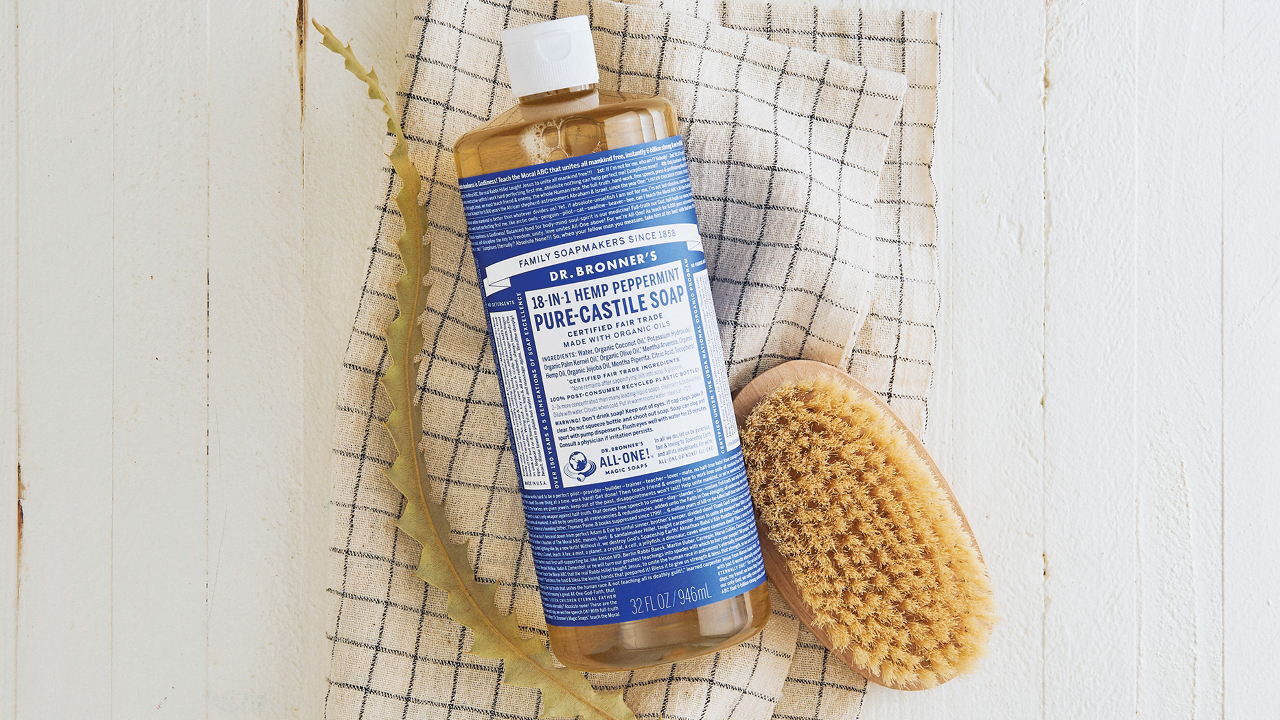
Update May 2022 —I’ve added a few uses to both the Sal Suds and Castile Soap Cheat Sheets. Plus: All four Cheat Sheets are now available in Spanish! (See the side bar to download or print.)
Dilute! Dilute! OK!* But how much? Here is a quick reference. None of this is a hard and fast rule. If your stuff is really dirty or your water is really hard, then you may want to use more than the recommended amount. However, this should get you started. You’ll notice that for some applications, I recommend pre-diluting the Dr. Bronner’s Liquid Castile Soap—combining the soap with water in a container. For other applications, the soap is diluted by the water present in the situation. It’s a matter of personal preference. Keep in mind that if you predilute, you are also diluting the preservation system (tocopherols – vitamin E), so the shelf life drops. Use within a couple weeks. And yes, there are 18+ uses here.
* Long time Dr. Bronner’s users will remember this expression from the old labels.
Body Uses
Face: 2-3 drops on wet hands, applied to wet face.
Body: One small squirt on wet hands or washcloth, applied to a wet body.
Foaming Pump Dispenser: Dilution of one part soap to 3 parts water.
Wipe-Off Castile Body Wash Spray: Use when running water isn’t an option due to illness, large cast or bandage, or when hiking, camping, etc. Combine 1 ½ tsp. (7.5 mL) soap and 1 c. (240 mL) room temperature water in a spray bottle. Spray body wash lightly on skin, and wipe with a wet (not dripping) cloth. Dry skin.
Makeup Removal: Wet face and lather several drops of soap into hands. Massage into skin. Rinse.
Hair: A couple drops for close-cropped hair or up to ½ Tbsp. (7.5 mL) for long hair, either worked directly into very wet hair or pre-diluted in a cup of water. Follow with a capful of Dr. Bronner’s Citrus Organic Hair Rinse diluted in one cup (240 mL) of water or dilute apple cider vinegar in half with water.
Bath: Completely depends upon water amount, but approximately 2 Tbsp. (30 mL) soap in an average sized tub. (Doesn’t bubble, but still cleans.)
Shaving: Face—10 drops; Underarms—3 drops; Legs—½ tsp (2.5 mL); Work to a lather in wet hands, apply to area.
Teeth: 1 drop on a toothbrush. (Yes, it tastes like soap.)
Oral Appliances: Removable retainers, nightguards, etc. & dentures: Wet device. Add 1-2 drops of soap to a soft toothbrush. Brush gently, then rinse.
Foot Bath: ½ Tbsp. (7.5 mL) in a small tub of hot water.
Clearing Congestion: 1 Tbsp. (15 mL) Peppermint or Eucalyptus Castile soap in a bowl of steamy hot water. Breathe in mist with a towel draped over the head.
Household Uses
Dishes (Handwashing): Pre-dilute 1:10 with water. Squirt on a scrub brush. Alternatively, add 1-2 Tbsp. (15-30 mL) Castile Soap in a large sink of water. Use a small squirt of soap for one pot, or more if needed. To avoid water spots in hard water conditions, dry dishes by hand.
Laundry: 2–4 Tbsp. (30–60 mL) for HE washers. Add ½ c. (120 mL) vinegar to the rinse cycle. Optional: For whitening/deodorizing, add ¼ c. (60 mL) baking soda to wash cycle. Double these amounts for standard washers.
Handwashing Delicates: 1 capful (1 Tbsp. or 15 mL) Castile Soap in about 1 gallon (4 L) cold water. Swish gently. Let soak 10 minutes. Swish again. Rinse with clean water. Gently press out excess water with a towel. Hang or lay clothing flat to dry.
Mopping (Wood, Laminate, Vinyl, Stone & Tile Flooring): 2 ½ Tbsp (38 mL) of soap in 1 gallon (4 L) of hot water. Dunk mop (microfiber, preferably) and wring thoroughly. On wood and laminate, avoid excess water and mop up wet areas.
For smaller areas, add 2 tsp. (10 mL) Castile Soap to a quart (1 L) of water in a squirt bottle.
All-Purpose Cleaning Spray: 2 Tbsp. (30 mL) soap in 16 oz. (500 mL) water. Spray and wipe with a damp cloth. Optional: For extra microbial punch, add ¼ tsp. (1.25 mL) tea tree essential oil. Use on any surface that is safe in contact with water-stone countertops & tile; wood (painted or sealed, not waxed); plastic toys and such; stainless steel; sinks & toilets; and more!
Windows: ½ Tbsp. (7.5 mL) soap in 16 oz. (500 mL) water. Spray and squeegee. Follow up with pure club soda, or half vinegar/ half water and squeegee.
Toilet: Predilute 1:4 with water in a squirt bottle. Add ¼ tsp. (1.25 mL) tea tree oil. For best results, empty toilet. Spray or squirt 2-3 drops of Castile Soap directly on toilet brush. Sprinkle baking soda on the brush, scrub bowl, let sit 10 minutes, turn water on, flush.
Other Uses for Liquid Castile Soap
Fruit & Veggie Wash: 1 dash (approx. ¼ tsp.) in a bowl of water. Dunk produce and swish. Then rinse in clear water.
Dog Washing: Wet dog thoroughly. Massage in enough soap to create a good lather. (Amount varies based on size, hair type, and overall dirtiness.) Really massage it in down to the skin. Your dog will thank you for it. Rinse thoroughly.*
Cleaning Makeup Brushes: Wet the make-up brushes in water. Add 1-2 drops soap to the bristles. Massage in gently for 10+ seconds, then rinse. Repeat as needed until water runs clear.
Plant Spray for Bugs: 1 Tbsp. (15 mL) in a quart (1 L) of water. Optional: Add ½ tsp. (1.25 mL) cayenne pepper or cinnamon. Spray plants twice daily in the cool of the day until infestation clears.
Ant Spray (Not on plants): ¼ c. (60 mL) Tea Tree Castile Soap in a quart (1 L) of water. (This concentration will burn plants.)
I’ve tried to keep this short and sweet. If you have any questions, please ask away!
Not sure when to use Sal Suds or when to use Castile Soap? Head over to my blog post, Sal Suds or Castile Soap—Which to Use?
If you’re interested in using the Castile Bar Soap for house cleaning, check out my Bar Soap Dilutions Cheat Sheet.
Further reading
- Sal Suds Dilution Cheat Sheet
- Sal Suds or Castile Soap – Which to Use?
- GIY All-Purpose Cleaning Spray
- Bar Soap Dilutions Cheat Sheet
*Avoid using the Tea Tree scent to wash your pets, as tea tree oil can be toxic to them.
This dilution and many more are in my book, Soap & Soul: A Practical Guide to Minding Your Home, Your Body, and Your Spirit with Dr. Bronner’s Magic Soaps, available now in hardback on DrBronner.com or at your favorite bookseller, and as an eBook and audiobook (read by me!) from wherever you download or listen.





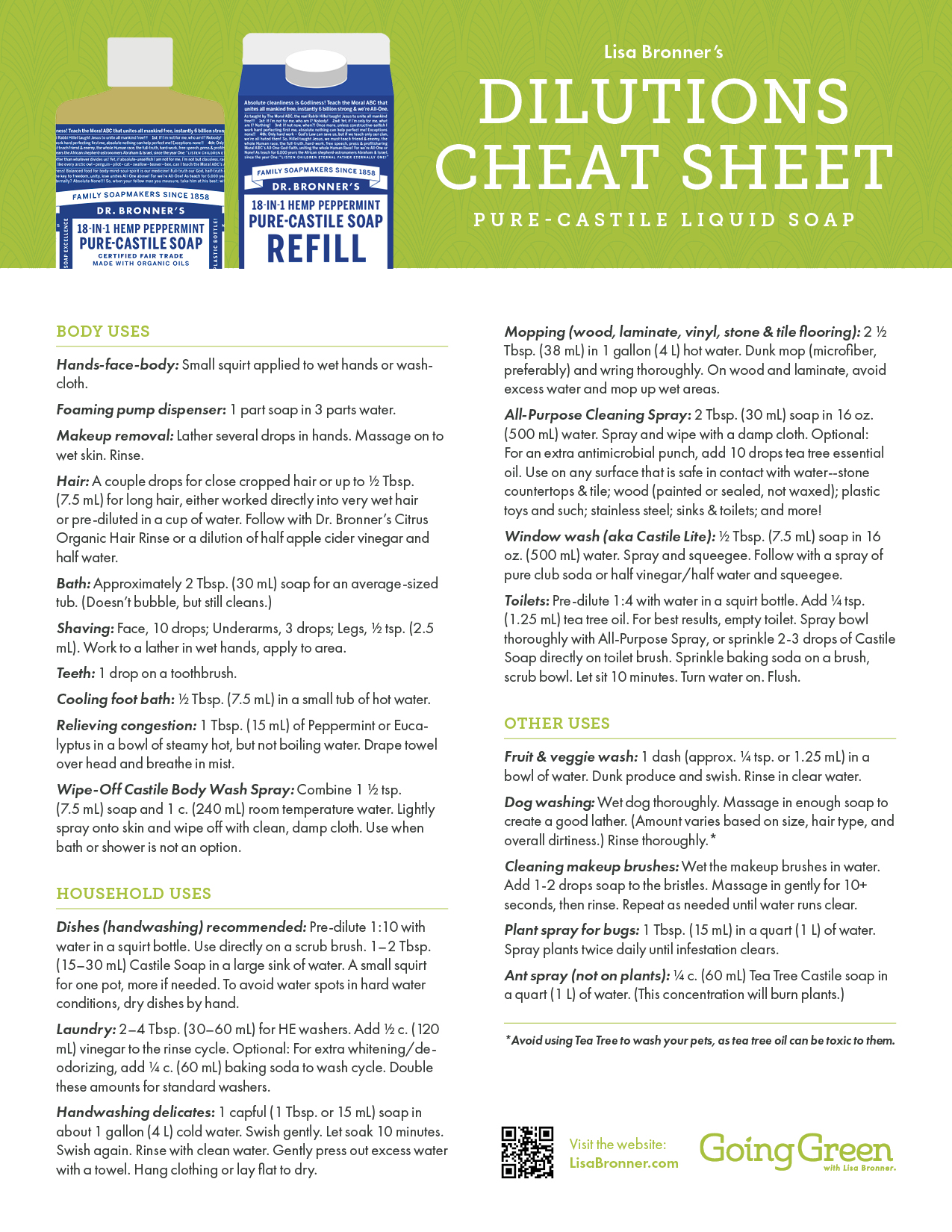
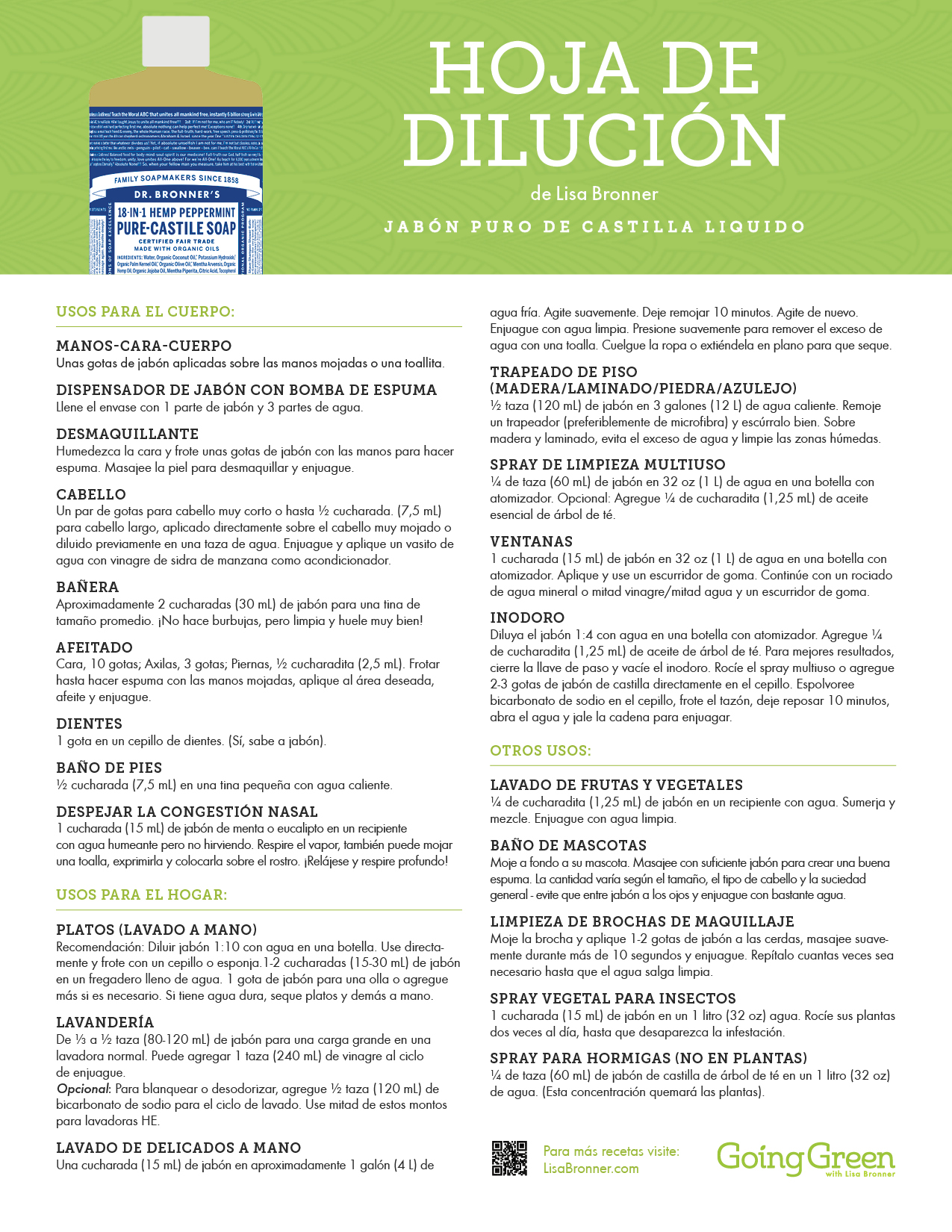
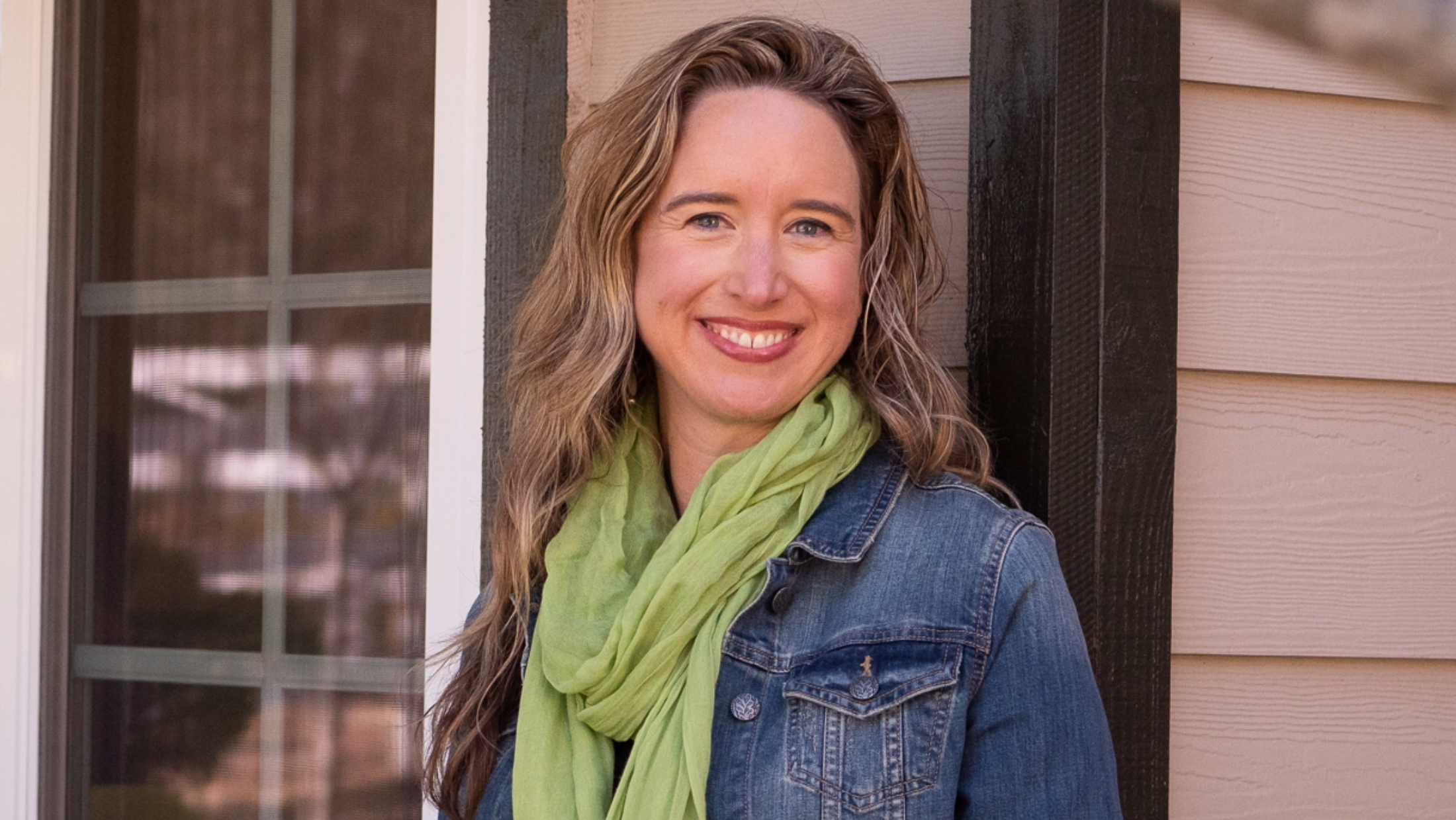

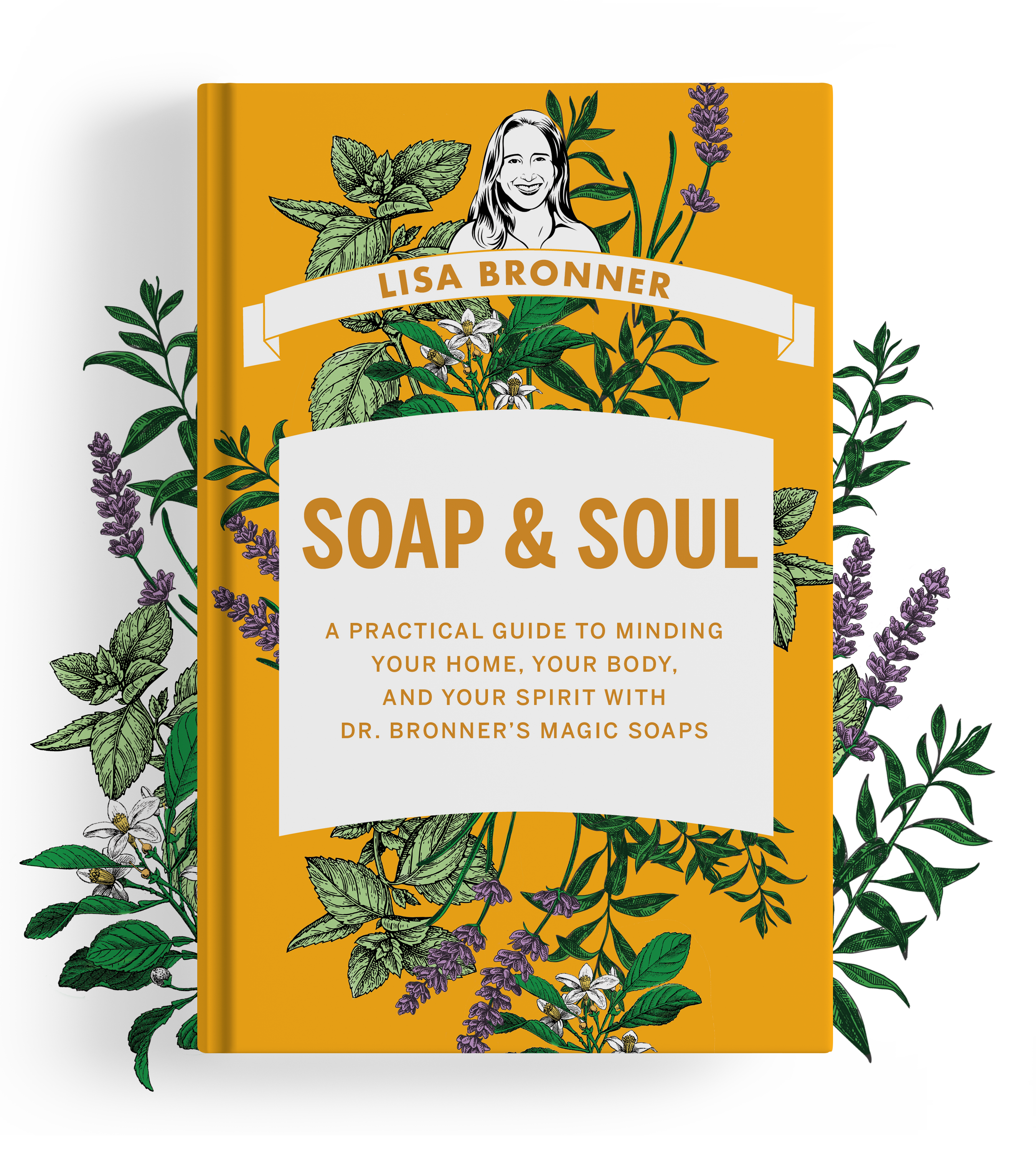
Hi Lisa just wondering has this been tested on animals ?
Hi Jenny- None of our products or ingredients used at any step of the manufacturing process are tested on animals. All of our products have the Leaping Bunny logo on them, which is the mark of the CCIC (Coalition for Consumer Information on Cosmetics). This standard mandates a regular independent audit of all our products, as well as an audit of our suppliers. You can learn about this certification more at leapingbunny.org.
Hi! Do you have any recipes for a non-rinse daily shower/tub spray? Thanks!
Hi Amy- Because Castile Soap and Sal Suds — in fact, any soap or detergent — needs to be rinsed off to clean effectively, they do not make good “no wipe or rinse” daily shower sprays. To prevent hard water build-up (aka soap scum) in the shower, your best bet is to dry your shower and shower door with a squeegee or absorbent cloth so there are no dissolved salts sitting on the surface that would leave spots behind when the water evaporates. In extreme hard water conditions, you could spray a 50-50 dilution of water and vinegar on surfaces. In the case of already accumulated soap scum or hard water spots, this dilution can also help remove them. However, do not use vinegar on a soft stones, such as marble or travertine, as it can etch the surface. Vinegar can also corrode metal fixtures. Personally, I go with the drying method – by squeegeeing the surfaces after each use. If you’re interested in reading more about soap scum, see my blog post about it. https://www.lisabronner.com/scum-scum-go-away/
Hello, can you clarify what type of scents you are using in your Castile soap? For example are they organic essential oils? Or is it fragrance?
Hi Vanessa- All of products, including our Castile Soaps, are scented with essential oils rather than artificial chemicals or synthetic fragrance components. The formula and manufacturing process of the fragrance is verified by our organic certifier to make sure that it meets the strict requirements of the USDA’s National Organic Program and is manufactured without the use of synthetic chemicals. You might notice that we label some of our ingredients, such as cherry blossom and green tea (our spring seasonal scents), as fragrances because they are proprietary blends of essential oils that have been developed and customized for us by fragrance houses.
What dilution do you use in rug shampoo machine, please?
Hi Judy – For a carpet cleaner, use 1 drop of Sal Suds or 1/2 Tbsp. of the PUre Castile Soap. You can read more details in my article Cleaning Carpets with Sal Suds and Castile.
Are there any options of using any of these products in a dishwasher? I’m having a difficult time finding options for clean dishwasher detergent that actually cleans my dishes, even if I pre-clean them.
Hi Kaitlyn – You have asked the big question. Our R&D team is actively working on this, but at the moment, none of these products are ideal for the dishwasher. Dishwasher detergents are unique in that they are designed to be low sudsing. Suds really interfere with the efficacy of the machine. I will be sure to let you, and many others, know when we have cracked this one.
I asked what the dilutions would be for a 16 oz and an 8 oz castile or Sal suds cause if I felt like trying one of those and I don’t use a 32 oz in time.I hand wash my dishes but I use a dish wand l do you know a dilution would work for that?
Hi Melissa – I’m sorry I missed your question from this summer. If you are still wondering, for an 8 oz. bottle of a dishwashing solution, try 1 Tbsp. Castile or 1 1/2 tsp. Sal Suds. For a 16 oz. bottle of solution, use 2 Tbsp. Castile or 1 Tbsp. Sal Suds in water. A dishwand would probably hold a similar amount to the 8 oz. bottle, so use those measurements.
Will this burn my eyes when taking off make-up?
Hi Diarra – Soap with its alkaline pH is irritating to the eyes. The Castile soap is incredibly good at removing makeup gently, but you do need to keep your eyes closed while washing. I don’t find that to be a problem, but if I am wearing tightline eyeliner or waterproof mascara, I sometimes loosen it with pure Coconut Oil and then wash with the Castile. Coconut Oil does not irritate the eyes.
I see the dilution for the 32oz bottle,would the dilution be different for a 16 oz or an 8 oz bottle or how would that work?
Hi Melissa- The ratio would be the same, but the amounts are different. When making the All-Purpose Spray, in 16oz of water, use 2 Tbsp. Castile Soap (half the water and half the soap). With 8oz of water, use 1 Tbsp. of Castile Soap. If you had a different recipe in mind, I’m happy to help!
I totally didn’t think about the difference with the bar soap and liquid. I grated the citrus bar and added it to hot water, thinking it’ll dissolve and it did! However, I am reading up and not seeing anything with foaming hand soap and ONLY the grated shreds. Will this be an issue? It does sometimes feel SUPER clean then other times I feel like there’s a film on my hands. I did only put about 1 tbsp of shred to 8-10oz pumps. It’s also cloudy!
Hi Lizzy – I’ve had trouble with dissolved bar soap in a foaming pump. The solution turns pretty thick after a day or so and doesn’t flow well. Have you seen that? The cloudiness you’re seeing could be a result of the soap interacting with minerals in hard water. It’s harmless, but does cause that cloudiness. What type of water are you using?
Please be careful putting it straight into your hair! I did this a few years ago and it burned my scalp pretty good took a few weeks to heal. Even with really wet hair and rinsing immediately. I have sense used it to wash my hair and been ok but make sure to pre dilute it!
Hi Hannah – I am very sorry to hear of your experience. I’m glad you found that pre-diluting the soap solved the problem. There are quite a number of different hair care methods for the many different hair and scalp needs we all have. My colleague wrote an excellent comprehensive overview of the different approaches in his article “A Definitive Guide to Washing Your Hair with Dr. Bronner’s”. You also might find my account of my own transition to soap instead of shampoo helpful in my article “From Shampoo to Soap – My Story.” Wetting my hair thoroughly and the applying a the soap undiluted is my method, but I’m very glad you found the best route for you.
Hello Lisa. Thank you so much for this post, I am so excited to start using Dr Bronners Castile soap for my household cleaning. Please may I ask if your dilution for mopping floors is also safe for laminate wood or parquet type floors? Especially when adding Tea Tree, Pine or Lemon essential oil?Thank you so much.
Hi Martie – I’m so glad you’ve found this to be helpful! Yes, this dilution for mopping is excellent on laminate wood and parquet floors. The essential oils are fine as well. Let me know if any other questions come up!
Hi, what would happen if we made my own laundry detergent with grated Castile soap but using an HE washer? I just made a huge jar of it but now reading that it’s not recommended for HE washers. Any help?
Hi Renita – The concern with HE washers is whether there is enough water to dissolve the grated soap. It does depend on the type of HE washer and the fineness of your grated soap. Is your washer a top or front loading machine? The HE top loaders use about twice the amount of water (13 gallons on average) than the HE front loaders (7 gallons on average). The top loader would likely be fine with the grated. The front loader might do all right if your gratings are finer. You could also make your gratings finer by running them in a food processor for a bit.
I hope these ideas help!
I love this cheat sheet! It’s so helpful to have all the information in one place.
Hi Lisa,
I have read a ton about foaming hand soaps but I would like to know: 1. the dilution of unscented baby castile soap to make LIQUID NON FOAMING diy hand soap. 2. Is there something you can do if the soap is too thin to thicken it and keeping it organic and pure? 3.If you use essential oils with this soap will they separate from this soap? I want to understand the dilution and the above questions before ordering so I know what size bottle to get. Thank you!
Hi Karyn- Our soaps work best in foaming pump dispensers. With standard pumps, the soap tends to clog the pump and squirt out unexpectedly in odd directions. Putting Castile Soap in a foaming pump dispenser will essentially give it that thicker feeling you’re after. Start with 1 part soap and three parts water and add more or less soap to your preference. Adding most oils or thickeners will change the efficacy of the soap, because the soap molecules will be busy chasing those ingredients instead of the germs and dirt on hands and body. Many people like to add a few drops of essential oils to the Castile Soaps. Depending on the oil, they can sometimes separate, in which case gently swish the solution around to blend.
My kitchen sink has a built-in liquid soap dispenser (which I cannot remove to rinse & clean; had to flush it & pump out) that I fill with hand soap & use infrequently. You say that “if you predilute, you are also diluting the preservation system (tocopherols – vitamin E), so the shelf life drops.” How do you define “shelf life” of a soap?–will it no longer wash hands effectively? What dilution would last >1 year? Would I be better off filling it partially with full-strength castile & just pumping a few drops?
Hi Debbi- There are so many variables in dilutions that I do not have a set answer for how long your dilution will last. It depends on the water that goes in, the concentration of the dilution, the environment (heat & light – the probably no light in this case). If you’re wanting something that lasts longer than a year, though, I would hesitate to say for sure that this would. The problem with putting the Castile full strength in a standard pump, though, is that it will dry inside the pump apparatus and clog it, causing the soap to shoot out in unexpected directions before it clogs completely. Perhaps consider our Organic Sugar Soap, which was designed for a pump, and does not need to be diluted.
What do I do with my SOLIDIFIED 18-1 Bonners?
Hi Jan- This isn’t typical for our Castile Soaps unless the product has gotten cold. Is it cold where you are or has the bottle been stored in a cool place? When it solidifies due to cold temperatures, the soap is still safe and effective. To return it to liquid, reheat the bottle gently in a bowl of hot (not boiling) water. If that’s not the case, please tell me a bit more. Has something been mixed into the soap? You can also provide me with the lot code – etched into the bottle, under the label – and we can investigate.
Hi Lisa,
Thanks for all the helpful information!
Can I use Castile soap for washing hair? If yes, what are the ratio?
Thank you.
Hi Janet- I wash my hair regularly with the Castile Soap or the Organic Sugar Soap (whichever strikes my fancy that day). A good ½ Tbsp. of Castile Soap or a pump of Sugar Soap is enough for my long, thick hair. When using soap, the key is to follow up with an acidic rinse. The soap has an alkaline pH which makes our hair kind of tacky/sticky feeling. The acidic rinse smooths everything down. There are two options for an acidic rinse. For my long, thicker hair, I use about 1/2 cup apple cider vinegar (ACV) diluted with another 1/2 cup of water. Or, I dilute a capful of Dr. Bronner’s Organic Citrus Hair Rinse in 1 cup of water and then pour it over my head and work it through and rinse thoroughly. Use less of either dilution if your hair is shorter. During the couple weeks of transition, especially if you’re coming from a conventional shampoo/conditioner regimen, you may need to use another crème conditioner after the rinse. Read about my switch from shampoo to soap in this article, https://www.lisabronner.com/from-shampoo-to-soap-my-story/.
Any uses for repelling mosquitoes?
Hi CJ- The soap itself will not work well to deter mosquitoes on a large scale. I’ve heard of consumer using diluted Peppermint Oil in a spray bottle to repel mosquitoes, and it seems a few sprays of our Organic Peppermint Hand Sanitizer might have the same effect – but I’ve not tried either of these myself. If you give either of these a try, I’d be interested to know how they work out. Since I don’t live in a mosquito dense area, I’m not as full of ideas as I’d like to be.
Can the all-purpose spray clean greasy: wood cabinets, and painted walls safely?
Hi Laurie- The All-Purpose Spray is safe to use on nearly every surface that can get wet. I use it on my wood cabinets and painted walls, as well as baseboards & door jambs. Perhaps consider a spot test on your particular surfaces to be sure.
Great article! I am definitely going to try these with my family and in my household. This is great for times that we are in right now where things are so expensive. I love multifunctional items like Castile soap! I just needed to learn how to use it! Thank you.
Hi Mia – So glad this is useful! Let me know if you have any questions!
Hey Lisa,
I love using Sal suds for majority of our house cleaning – however i noticed that whenever i was cleaning our shower out using Sal Suds spray i ended up coughing and then looked at the ingredients again and it contains SLS which can be an irritant. Do you have any suggestions?
Hi Bee- Spraying our soaps can produce a fine mist of the product in the surrounding atmosphere, especially areas that aren’t well ventilated. It’s not common, but sometimes these fine mist particles trigger bronchial cells in the lungs, causing a brief bronchial spasm and coughs. But know our soaps do not contain any toxic ingredients. If your spray bottle has the option, it may be helpful to set the nozzle so that the mist is not so fine. Holding the bottle close to the surface you are spraying may also help.
Can you use salsuds in a floor sprayer
Hi June- Yes, the mopping solution works great for this. Use 1/8 tsp. Sal Suds in a quart of water. Sal Suds is quite bubbly, so to avoid an overflow, fill the compartment with water and then add the Sal Suds.
Hi, just a quick query. Are the scented soaps also for all 18 uses, including the food wash? It is something I want to start doing, I just wanted to clarify first.
Hi Bec- Yes, use whatever scent appeals to you most. With a thorough rinsing, there won’t be any scent or taste left of produce.
Using hemp/eucalyptus liquid soap.
I’m not young, and have old man flaky skin.
90 days into using it, 88 days of flake skin & scalp gone!
May be the best ‘ body wash ‘ available.
Could not be more pleased.
Hi Jerry- I’m so glad to hear our soap has been a help to you!
What would be the ratio to make sugar scrub, using 5# of granulated sugar. I love the way this soap smells and cleans.
Hi Frances- The Simple Sugar Soap Scrub is fun to make. For each 5 cups of sugar, add 1 1/4 cups of soap. This recipe and two others to try are in this post, https://www.lisabronner.com/3-giy-castile-soap-scrubs/
Hi Lisa,
Thank you for this post!
When using for hand soap and mixing one part Castile soap with 3 parts water like you mentioned in the comments, how long would the hand soap be good for if I use distilled water?
Thank you very much!
Hi Maryam- I’m glad this is helpful to you! The shelf life is about 2-3 weeks. Follow your nose here – if it is smelling off, then dump and remake. If you find you don’t go through it fast enough, mix-up a smaller batch.
Dear Lisa,
First of all, thank you for coming up with all these videos and sharing everything about how to go green with your products. I only just came upon Dr. Bronner’s last week and I’m all the way in Taiwan.
Next I have a question : Can Castile soap & Sal Sud be used on mopping Marble floors??
Thanks!
Hi Su- Welcome to the Dr. Bronner’s family. Yes, both can safely be used to clean marble. I did a deep dive into cleaning stone in this article: https://www.lisabronner.com/cleaning-stone-with-castile-soap-sal-suds/
Thank you for this blog.
Coupla questions:
1. I have a bottle of Dr. Bronner’s unscented liquid soap, but don’t remember if I ever opened it. How can I tell if this unscented liquid soap is no longer OK to use?
2. Can I use this soap as hand soap in a regular (i.e., non-foaming) pump bottle? If yes, how should I dilute it?
Many thanks for your help.
Hi Janet- It’s great to hear you find the blog helpful. Our products have a guaranteed shelf life of 3 years. The manufacture date is etched on the packaging, typically just below the label. The first four numbers there are the Julian date. The first two digits refer to the year while the next three digits refer to the day of the year out of 365 total days. So, if the first five digits of a lot code are “20165,” the product was manufactured in 2020 on the 165th day of that year (June 13). You can also search online for a Julian date calendar for the specific year your bottle was manufactured in. If the soap does not smell bad, then it is good to go. I’ve heard many stories of people finding old bottles and using them just fine. For a hand soap, we do not recommend using our soaps in a regular soap dispenser as they can clog and squirt out unexpectedly in odd directions. They work beautifully in a foaming hand soap dispenser though. Use 1 part soap to 3 parts water.